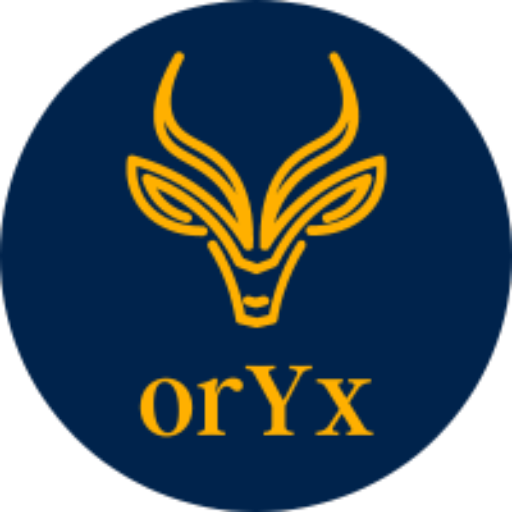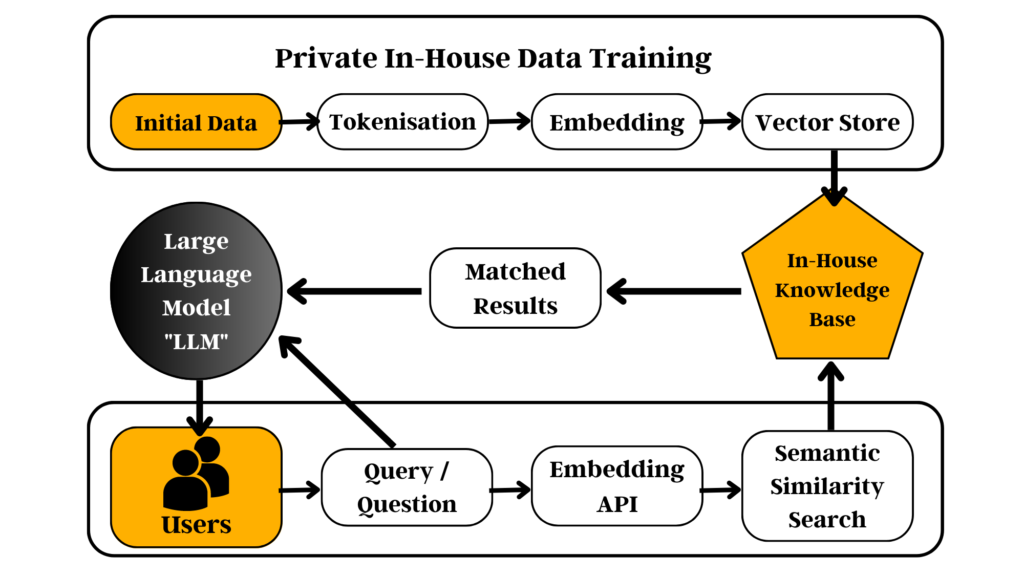Introduction
In today’s cutthroat business environment, having a competitive edge is not just a luxury, it’s a necessity for survival. One avenue through which companies can achieve this advantage is through leveraging their own data using Natural Language Processing (NLP) models in their sales department. NLP technology has rapidly advanced in recent years, and its applications in sales are myriad.
What makes an NLP model particularly effective is the fact that it can be tailored to the needs of the individual company by being trained on the company’s own data. This provides a wealth of benefits, including improved productivity, advanced anomaly detection, and data-driven predictions that can supercharge a sales team. Let’s delve into the details.
Improved Productivity:
Automation of Repetitive Tasks
The first and perhaps most immediate benefit is a significant increase in productivity. Sales representatives spend a great deal of time on repetitive tasks such as sorting through leads, qualifying them, and then categorizing them. An NLP model trained on your own data can do this automatically, much faster and often more accurately than a human. This frees up time for your sales reps to focus on what they do best: selling.
Intelligent Communication
NLP can also assist in communication. By analyzing previous successful sales pitches and conversations, the model can suggest optimal ways to approach new clients or handle objections. This eliminates much of the guesswork and can lead to faster conversions.
Anomaly Detection:
Identifying Sales Disruptors Early
The nature of sales is such that a myriad of variables can affect outcomes. However, it’s not always easy to pinpoint why a particular campaign failed or succeeded. An NLP model can scour through data to identify anomalies—these could be changes in consumer sentiment, emerging competitors, or even internal issues like a disengaged team. Early identification allows for course correction before much damage is done.
Predictive Analysis for Sales Strategies
Anomaly detection isn’t just about identifying problems; it can also help in recognizing potential opportunities that might not be apparent to the human eye. For example, by analyzing market trends and consumer sentiment, an NLP model can predict future sales hotspots, allowing companies to allocate their resources more effectively.
Data-Driven Predictions:
Predictive Sales Forecasting
Accurate sales forecasting is a dream for any sales manager. Using an NLP model trained on your own historical sales data and customer interactions can help improve forecast accuracy exponentially. This level of accuracy in turn aids in better inventory management, resource allocation, and strategic planning.
Personalization at Scale
Predictive models can help in tailoring sales pitches, offers, and even products based on predicted customer behavior. This type of large-scale personalization would be impossible to accomplish manually but can be achieved efficiently through an NLP model.
While generic NLP models can offer some benefits, the real magic happens when a model is trained on a company’s own data. Not only does this yield insights that are specifically relevant to your unique challenges and opportunities, but it also facilitates a level of customization that is unmatched.
The impact on productivity, anomaly detection, and predictive accuracy can revolutionize how a sales department operates. In this era, where data is often called “the new oil,” those who can refine it most effectively will undoubtedly lead the pack. So if you haven’t yet considered integrating an NLP model trained on your company’s own data into your sales department, the time to do so is now.

